Rise of Online Retail and E-Commerce
The Blenders Mixers Market is significantly influenced by the rise of online retail and e-commerce platforms. As consumers increasingly turn to online shopping for convenience, the availability of blenders and mixers through various e-commerce channels has expanded. This shift has been facilitated by advancements in technology and logistics, allowing for a seamless shopping experience. Data suggests that online sales of kitchen appliances, including blenders and mixers, have seen a substantial increase, with estimates indicating a growth rate of around 15% annually. This trend not only enhances accessibility for consumers but also provides manufacturers with a broader reach, enabling them to tap into new markets and demographics.
Growing Interest in Healthy Lifestyles
The Blenders Mixers Market is witnessing a growing interest in healthy lifestyles, which is driving the demand for blenders and mixers. As consumers become more health-conscious, they are increasingly incorporating smoothies, protein shakes, and homemade sauces into their diets. This trend is reflected in the rising sales of high-performance blenders that can efficiently blend fruits, vegetables, and other nutritious ingredients. Market data indicates that the health and wellness segment of kitchen appliances is expected to grow by approximately 8% over the next few years. This shift towards healthier eating habits presents a significant opportunity for manufacturers to innovate and develop products that cater to the needs of health-oriented consumers.
Technological Advancements in Product Design
The Blenders Mixers Market is benefiting from technological advancements in product design and functionality. Innovations such as smart blenders equipped with touch screens, programmable settings, and connectivity features are becoming increasingly popular among consumers. These advancements not only enhance user experience but also improve the efficiency and performance of blenders and mixers. Recent market analysis indicates that the introduction of smart kitchen appliances is expected to contribute to a growth rate of around 10% in the sector. As consumers seek more intuitive and user-friendly devices, manufacturers are compelled to invest in research and development to stay competitive in this evolving landscape.
Focus on Sustainability and Eco-Friendly Products
The Blenders Mixers Market is increasingly focusing on sustainability and eco-friendly products. As environmental awareness grows, consumers are more inclined to purchase appliances that are energy-efficient and made from sustainable materials. This trend is prompting manufacturers to adopt eco-friendly practices in their production processes and to develop products that align with consumer values. Market Research Future indicates that the demand for sustainable kitchen appliances is projected to rise by approximately 12% in the coming years. This shift not only reflects changing consumer preferences but also encourages companies to innovate and differentiate their offerings in a crowded marketplace.
Increasing Demand for Versatile Kitchen Appliances
The Blenders Mixers Market is experiencing a notable surge in demand for versatile kitchen appliances. Consumers are increasingly seeking multifunctional devices that can perform various tasks, such as blending, mixing, and food processing. This trend is driven by the growing interest in home cooking and meal preparation, as individuals aim to create diverse culinary experiences. According to recent data, the market for multifunctional kitchen appliances is projected to grow at a compound annual growth rate of approximately 6.5% over the next five years. This indicates a robust potential for blenders and mixers that offer multiple functionalities, catering to the evolving preferences of consumers who prioritize convenience and efficiency in their cooking routines.



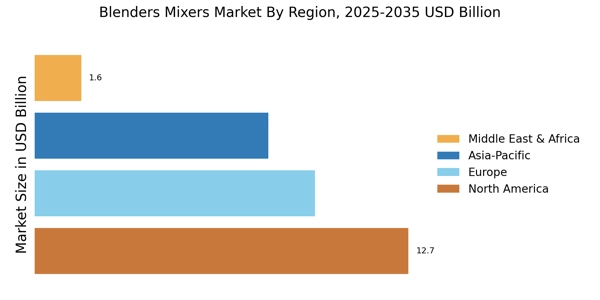
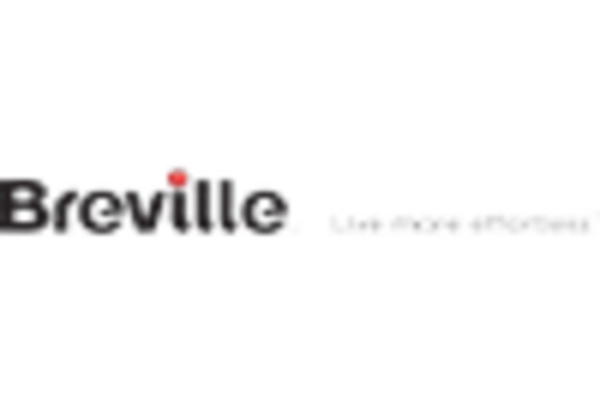

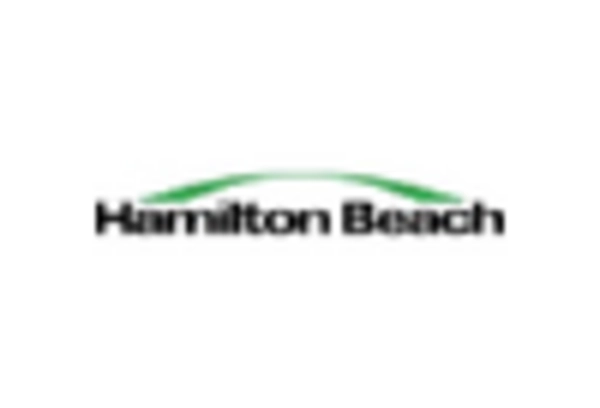
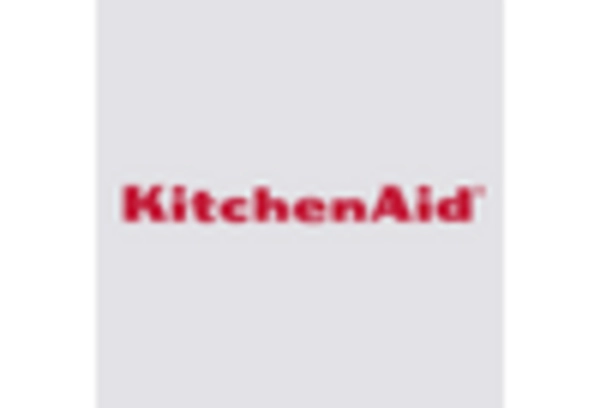
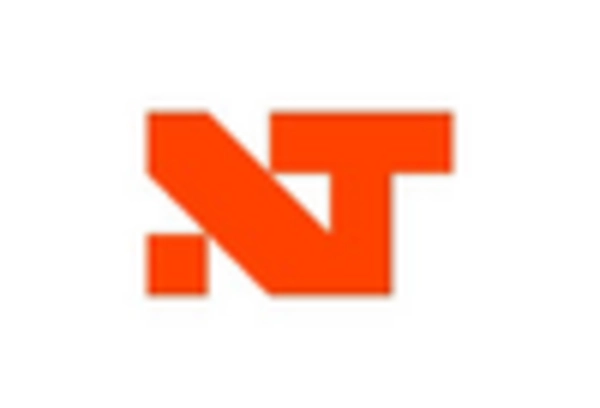









Leave a Comment